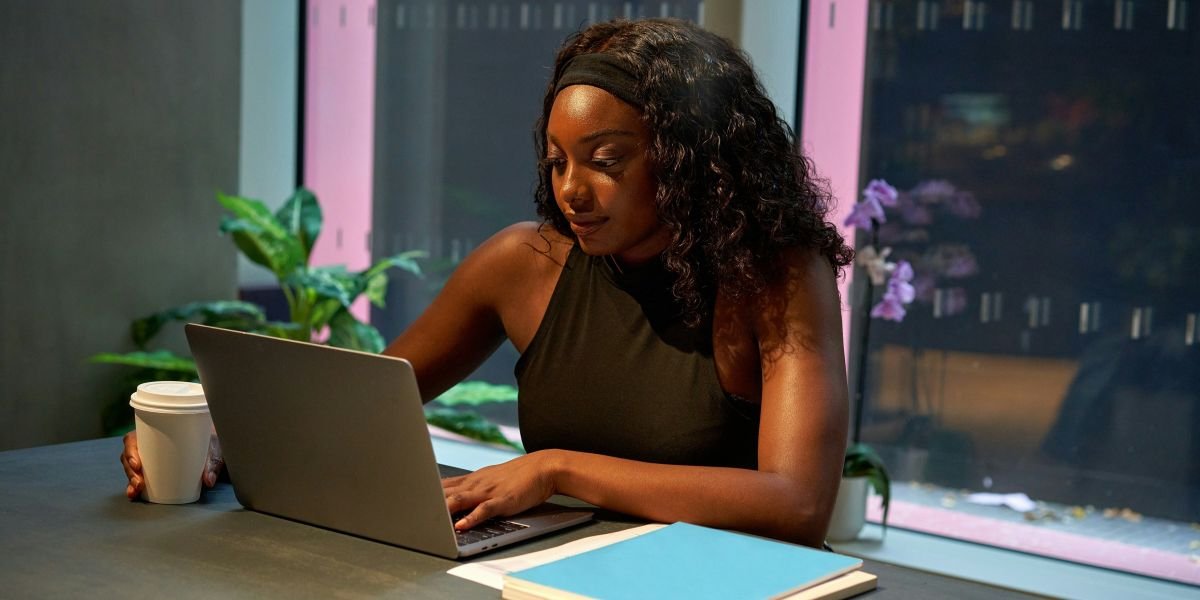Remember the days when every action movie featured a helpless damsel in distress waiting to be rescued by a brave hero? Sure, it was a classic story trope, but in today’s world, it feels about as relevant as a rotary phone.
Films are ditching the damsel in distress in favor of more complex female characters who are capable, resourceful, and anything but helpless. So, what’s behind the decline of this once-ubiquitous trope?
Beyond the Screaming: A Shift in Audience Expectations
For decades, audiences accepted the damsel in distress as a narrative norm. The beautiful princess was kidnapped by the villain, and the hero (usually a strong, handsome man) embarked on a quest to save her. This passive portrayal of women reinforced outdated gender stereotypes.
As “Why the ‘Damsel in Distress’ Trope is Outdated” points out, “It painted women as weak and in need of saving, while men were portrayed as the strong, capable protectors.” But audiences, particularly female viewers, are no longer satisfied with this one-dimensional portrayal.
Today’s moviegoers crave strong female characters who are active participants in their own stories. They want to see women who can fight, strategize, and save themselves (and maybe even the hero in the process!). This shift in audience expectations has pushed filmmakers to move beyond the damsel in distress trope and create more compelling and relatable female characters.
Heroines Who Kick Butt: Celebrating Female Strength and Agency
The rise of action heroines like Rey from Star Wars and Black Widow from the Marvel Cinematic Universe is a clear sign of the times. These characters are not only physically capable, but they also possess intelligence, resourcefulness, and a strong moral compass. They don’t need a man to save them; they’re perfectly capable of taking down the bad guys themselves.
This shift towards empowered female characters isn’t just about action movies. We’re seeing it across genres. From the witty detective in a crime thriller to the brilliant scientist leading a research expedition, women are being portrayed in roles that showcase their strength, intelligence, and leadership skills. This not only reflects the reality of a diverse world, but it also sends a powerful message to young viewers, especially young girls, that they too can be heroes of their own stories.
The Future of Film: Moving Beyond Stereotypes
Of course, there’s still room for romance and vulnerability in films. But the damsel in distress doesn’t have to be the only option for female characters. There’s a whole spectrum of possibilities between helpless princess and action hero.
We can have female characters who are flawed, complex, and yes, even scared at times. But they should be scared and resourceful, not just scared and waiting for a man to swoop in. The future of film lies in creating stories with a rich tapestry of characters, where women are not defined by outdated tropes, but by their unique personalities, strengths, and flaws.
So, the next time you settle in for a movie night, pay attention to the portrayal of female characters. Are they damsels in distress waiting to be saved, or are they active participants in their own stories?
By embracing diversity and complexity in female characters, filmmakers can create stories that resonate with audiences of all genders and backgrounds. After all, who wouldn’t want to see a heroine on screen who they can aspire to be, not just a princess waiting for a prince? The world of cinema is ready to move beyond the damsel in distress and embrace a new era of female empowerment, one powerful heroine at a time.








